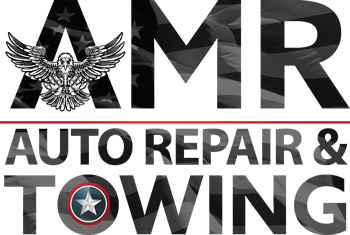Puddles Under a Car: What are they From?
November 6, 2020 5:42 am Leave your thoughtsIt can be a bit alarming to move your vehicle out of your garage, only to discover there were some puddles underneath it while it was parked. The good news is that this isn’t always something you need to panic about. If you inspect the fluid and its colors, it will indicate where the fluid came from and whether or not you need to get your vehicle into the shop.
Here’s a quick overview of what your puddles might be, based on the color of the fluid and the consistency of the puddle. If you’re not sure what you’re looking at after reading the descriptions below, don’t waste any time in contacting an automotive expert in Salt Lake City, UT!
- Light brown or black with a medium consistency: This will typically be engine oil, a fluid that is relatively easy to distinguish. This is the fluid that is most likely to leak because of the various gaskets that could weaken and develop small holes or cracks. A small leak is probably not something you need to worry about and will not be an immediate issue, but it’s still a good idea to have the leaking gasket replaced. A large leak is something you should address immediately.
- Reddish or light brown with a thin consistency: This type of fluid is likely from your power steering. It’s very similar to automatic transmission fluid, so to tell the difference you’ll need to consider where the puddle was located. If it was near the front of the car, it’s power steering fluid.
- Reddish, light brown or black with a thick consistency: This is your transmission fluid. The drips here can be confused with engine oil, but they will be thicker and located toward the center of the car rather than near the front of the car. This could be a sign of a transmission seal or gasket that is in poor condition and needs to be repaired or replaced.
- Yellow, green, or pink and slimy with a thin consistency: This is coolant fluid, which is usually pretty easy to distinguish because it comes in very bright colors. Modern vehicles have coolant recovery tanks that capture blow-off coolant to recycle it for further use. If you do see coolant that’s leaked on to your driveway or garage floor, this is a sign of a leaky hose or water pump that you’ll need to address.
- Clear or slightly brown and slick with a medium consistency: This is the brake hydraulic system’s fluid. The newer the vehicle, the clearer the fluid is likely to be. Over time, it will collect rust and debris and turn brown. If you touch it, you will notice it is very slippery.
- Clear, shiny and very thin: This is most likely water that’s from condensation formed during use of the air conditioner. If you’ve had your air conditioner running and you notice the puddle on the front passenger side of the car, this is almost certainly plain old water. This condensation is supposed to drip out of your vehicle, so there’s nothing to worry about.
For more information about dealing with puddles under a car and the most common fluid leaks from a vehicle, contact our towing company in Salt Lake City, UT.
Categorised in: Auto Maintenance
This post was written by Writer
